Many people may know what arthritis is but not a lot know about osteoarthritis until they are diagnosed. What is osteoarthritis you may ask? Well, Osteoarthritis in another name called degenerative joint disease is the result of the wear and tear of your joints causing weakening and deterioration of your cartilage.
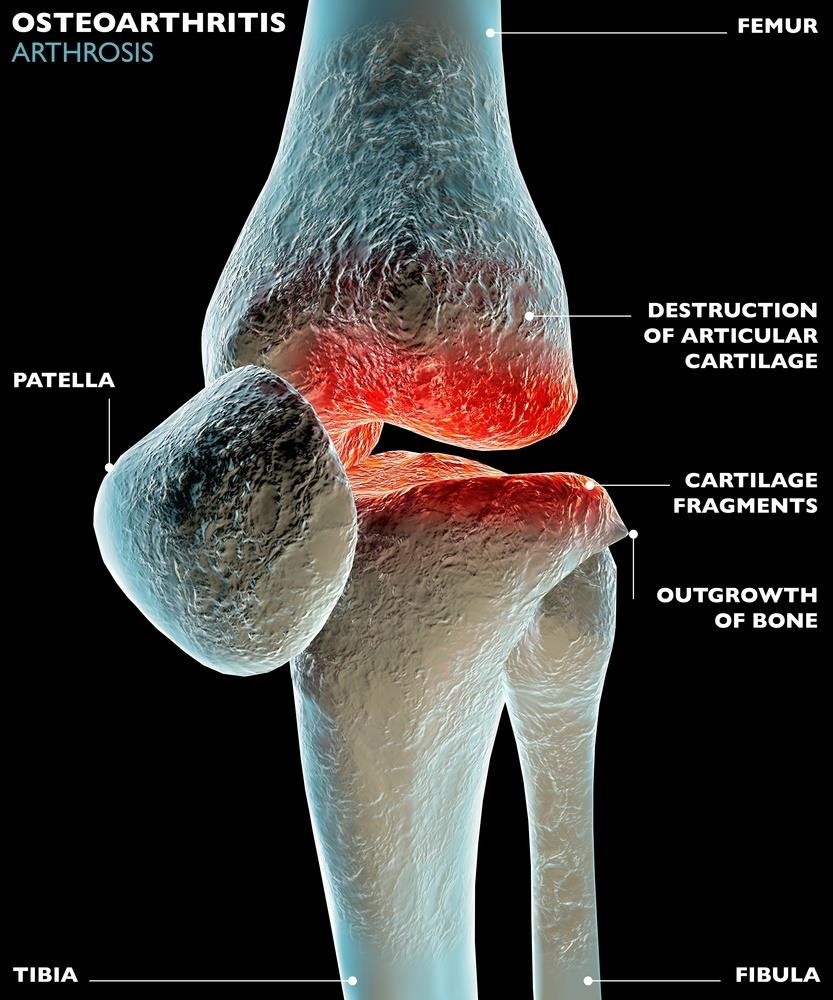
Osteoarthritis may also be referred to as a disease of the entire joint involving the cartilage, joint lining, ligaments, and underlying bone. Genetic mechanisms of this condition may be hard to obtain, genetic inheritance remains one of the vital considerations to make in the case of an OA patient. Prior knowledge of ones susceptibility to acquiring the condition through inheritance enables then to go for testing early and gives them the chance to control the severity of the disease before things get out of hand..
Genes and Osteoarthritis
Protein coding genes in the cartilage play a vital role. When these genes go through mutations or when alteration in the gene composition occurs, there are increased chances that the severity of osteoarthritis will occur. Some other genes especially in the cartilage around the hip develop protective features against mutations. This drastically reduces the severity of osteoarthritis symptoms. Metabolism process in the cartilage does not only happen in the chondrocytes of the cartilage but also in the synovial fluid. There should be a balance at all times between the two. Genetic factors may alter the balance between the two and if the extracellular cartilage is destroyed. This leads to severity of osteoarthritis in the patient. Estrogen is a gene that is responsible for signal transmission. This gene is present in many cells of the body including the chondrocytes in the cartilage. Research indicates that women who experience diminishing levels of estrogen show increased severity of the Osteoarthritis symptoms. This translates why the condition is more common and its severity biased in terms of gender.
The Mitochondrion DNA in OA
The link between the two has been a challenge to medical personnel for over a very long time. The genetic make-up of the disease itself is complex in the making. Research has been difficult to come up with a clear report on how genetics affect the risk of OA. The mitochondrion has been in the center stage of tests of OA. The mitochondrion DNA sometimes suffers variations which in turn affect the OA chondrocytes. The OA chondrocytes suffer limited ability to repair the mitochondrion DNA. This becomes a serious risk factor in the progression of OA. A patient who has inherited such a genetic make-up will have severity of the condition even when other environmental factors like weight are managed.
Heredity
Evidence of OA is influenced genetically by studying the history of the family, twin studies and exploring the conditions that are rarely genetic.39%-65% of women are suffering from hands and knees OA according to twin studies shows that 60% suffer from hip OA while 70% have Osteoarthritis in the spine. Using these estimates it goes to show that 50% have OA from inheritance.
Recent forms of studies have shown the alleles that can cause Osteoarthritis. This number is large to allow drawing of conclusions regarding alleles that are highly risky can depend on the gender, ethnicity and disease's skeletal site.
Some of the alleles that have been said to be risky are within or close to RUNX2 and CHST 11. The gene CHST11, affects cartilage proteoglycan (proteins found in the cartilage which are altered with sugar chemicals) and variations in proteoglycan are an active area of enhancement of new treatments for osteoarthritis. The other gene, PTHLH, is the basis for recently created parathyroid hormone-based treatments for osteoporosis. Studies have indicated that the impact on gene expression is likely to be one of the main ways through which OA vulnerability is acting. Epigenetic mechanisms for example DNA methylation also lead to the risk of acquiring OA. Understanding the contribution of genes has the following importance. Getting to understand the genes that bring about the severity of symptoms of a particular disease it is better to have an idea of the OA pathogenesis. This in turn makes therapeutic measures easy to take. Individuals who are at high risk of osteoarthritis also are at a better position to be monitored medically and assistance given to them when the symptoms advance.
Two of the novel regions that is CHST 11 and PTHLH are close to the genes that immediately suggest clinical implications for OA. The study researchers suggest that the next plan would be to discover if the compounds named can be effective in OA
Take Precaution
General awareness of ones lineage is advisable. If osteoarthritis runs across your blood line, chances are that you are susceptible to get it because of the genetic factors involved. A condition is always manageable when detected early. Other environmental factors may also combine with the genetic factors and make the condition worse. Maintaining a healthy lifestyle will suppress the osteoarthritis symptoms, whether genetically affected of not. Staying active in order to shed some pounds is one way in which you can shed some pounds. Exercises like swimming, walking, yoga etc. are some of the light exercises you may take up that do not strain the joints. Slouching is a bad sitting habit and whether standing or seated, learn to maintain a good posture which has a long term effect of OA symptoms. Consumption of non-citrus fruits is also another sure way of supplying your body with anti-oxidants and which in turn lower inflammation severity. An English study conducted indicated that the people who include non-citrus fruits in their diet had a lower chance of getting OA than those who didn't. Learn to vary your motions and do away with those that tend to be repetitive. Those people who repeat the same motions or activities frequently are at a high risk this can be prevented by changing up your routine once in a while. As the old and famous saying goes prevention is better than cure, take care of your bodies and health will follow you always.
REFERENCES:
Spector TD, MacGregor AJ (2004). "Risk factors for osteoarthritis: genetics". Osteoarthr. Cartil. 12 Suppl A: S39-44. doi:10.1016/j.joca.2003.09.005. PMID 14698640.
New study aims to unravel the genetic causes of osteoarthritis http://www.arthritisresearchuk.org/news/press-releases/2014/may/new-study-aims-to-unravel-the-genetic-causes-of-osteoarthritis.aspx
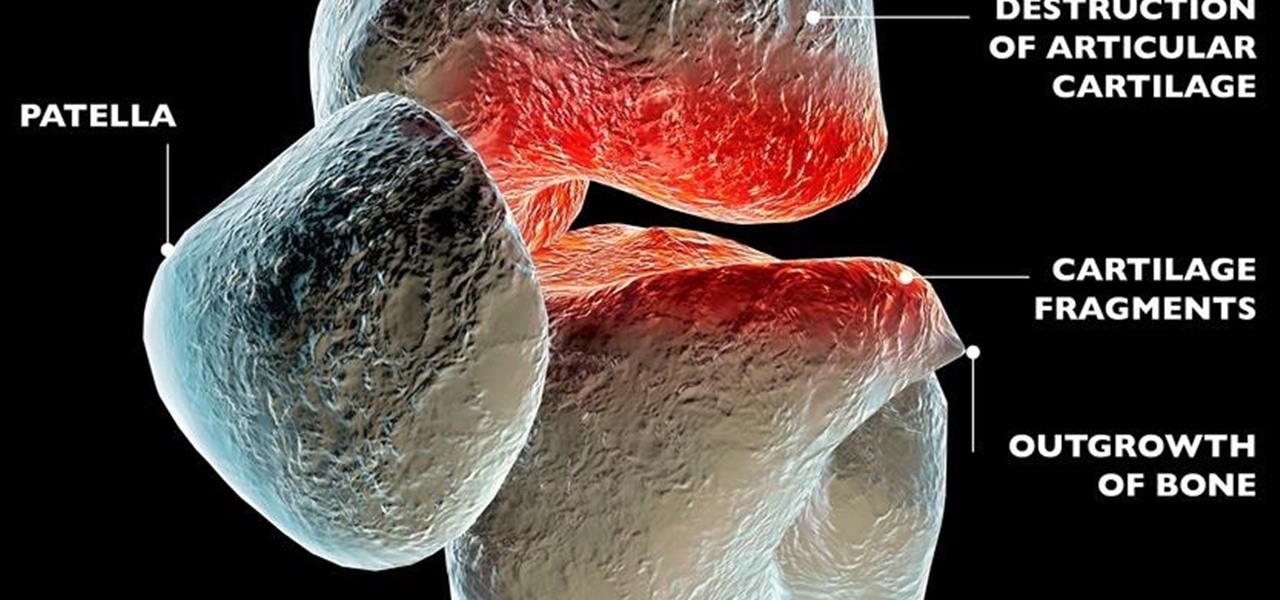












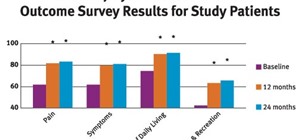

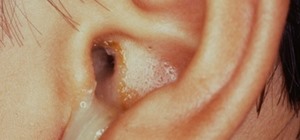
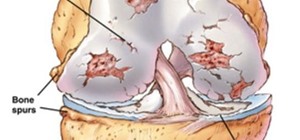


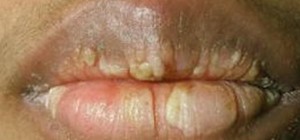




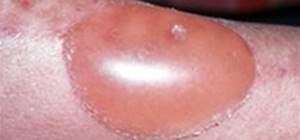

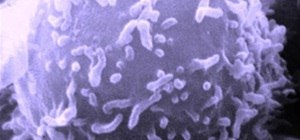
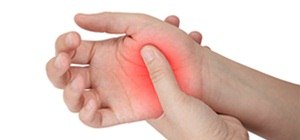




Be the First to Respond
Share Your Thoughts